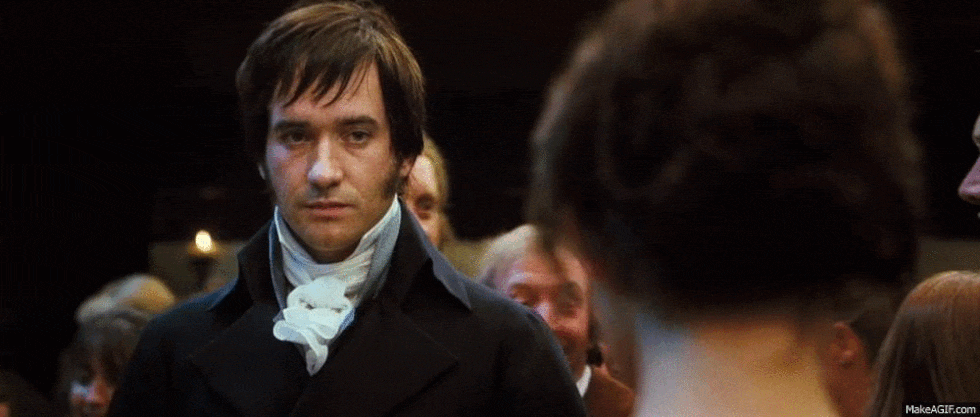"Pride and Prejudice," Austen's biting social critique, highlights the follies of vanity through its lead characters, Mr. Darcy and Elizabeth Bennet. At the beginning of the novel, both characters hold themselves in high esteem and believe themselves to be better than their counterparts. Lizzy is prRead more
“Pride and Prejudice,” Austen’s biting social critique, highlights the follies of vanity through its lead characters, Mr. Darcy and Elizabeth Bennet. At the beginning of the novel, both characters hold themselves in high esteem and believe themselves to be better than their counterparts. Lizzy is proud of her wit and judgment and considers herself above the futile customs of the gentry class. Darcy deems people in society to be one-dimensional, selfish beings functioning solely to climb the hierarchy of class.
As they interact with each other, their existing ideas about themselves and society start being challenged. Elizabeth reconsiders her judgment of Darcy as rude and aloof as she learns more about his shy demeanor and careful character. Darcy is forced to look beyond his idea of a proper, “accomplished” woman as he encounters Elizabeth’s free-spiritedness and original wit. Their characters act as mirrors to each other, reflecting their own self-deception.
In the end, their self-reflection and assessment lead them to overcome their own pride and prejudices, resulting in the ever-beloved romantic union.
See less

Jane Austen's masterful use of irony serves as a trenchant critique of Regency-era societal norms and expectations in her novels. In "Pride and Prejudice," Austen employs situational irony to skewer the societal obsession with marriage as a transactional necessity. Characters like Mr. Collins epitomRead more
Jane Austen’s masterful use of irony serves as a trenchant critique of Regency-era societal norms and expectations in her novels. In “Pride and Prejudice,” Austen employs situational irony to skewer the societal obsession with marriage as a transactional necessity. Characters like Mr. Collins epitomize this irony with their shallow and self-serving proposals, highlighting the superficiality underlying societal expectations. Austen further critiques the societal pressure on women through Mrs. Bennet’s relentless pursuit of advantageous matches for her daughters, exposing the dehumanizing effect of treating marriage purely as a means of social advancement.
In “Emma,” Austen employs dramatic irony to underscore the misguided perceptions of the protagonist, Emma Woodhouse, who fancies herself a skilled matchmaker. While Emma’s intentions are benevolent, her misguided efforts reveal the limitations of societal conventions dictating relationships. Austen uses this irony not merely for comedic effect but as a sophisticated literary device to provoke readers into questioning the rigid social structures of her time. By juxtaposing characters’ outward conformity with their inner contradictions and exposing the gap between appearance and reality, Austen invites readers to critically examine the societal values and expectations that continue to shape human interactions today.
See less